Are you thinking about adding spiky leaf houseplant to your home but have some questions? Then this post is for you! Spiky leaves are a great way to add some life to your home. These plants are easy to care for and can thrive in just about any type of indoor environment.
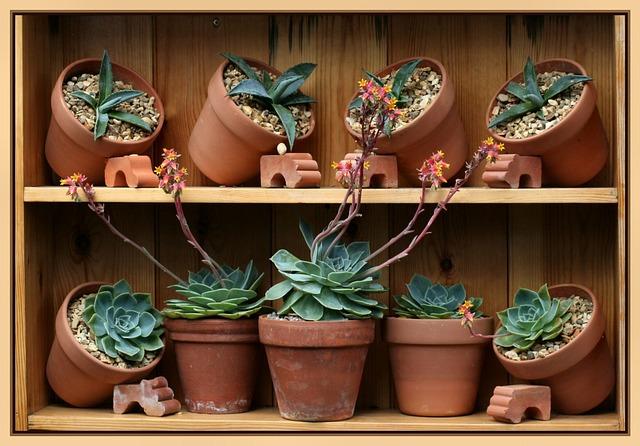
If you’re thinking about getting a spiky leaf houseplant, there are a few things you should know. Firstly, some are easier to care for than others, and some are more resistant to pests and diseases.
Also, you might need to pay attention to the light levels in your home. Spiky leaf houseplants need bright, indirect light to thrive. If you don’t have a lot of natural light, you may need to supplement with artificial lighting. You’ll find other useful details about the plants below. Stay tuned!
The History Of Spiky Leaf Houseplants
Spiky leaf houseplants are a type of plant that is known for its sharp, pointy leaves. These plants are native to tropical and subtropical regions of the world, and they have been cultivated for centuries for their unique appearance.
There are different species of spiky leaf houseplants, and they come in a wide range of sizes, shapes, and colors. Some of the most popular varieties include the aloe plant, the cactus, and the yucca plant. These plants are often used as ornamental plants in homes and gardens, and they can also be used for medicinal purposes.
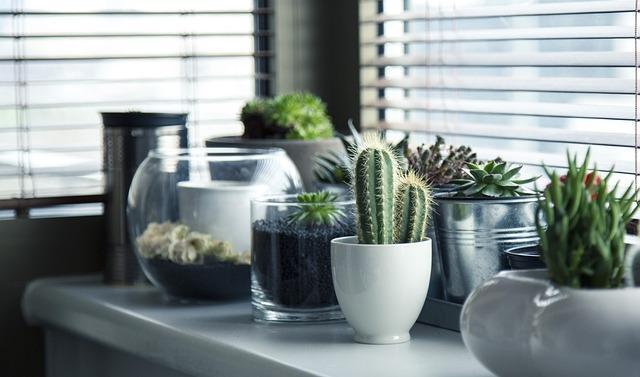
The history of spiky leaf is a long and interesting one. These plants have been revered by many cultures for their beauty and usefulness. In some parts of the world, they are still used for traditional medicinal purposes. If you are interested in learning more about the history of these fascinating plants, there are many resources available online and in libraries.
The Benefits Of Spiky Leaf Houseplants
Spiky leaf houseplants are great for purifying the air in your home. They absorb toxins and release oxygen, which helps to improve indoor air quality. They also help to reduce stress and anxiety and can boost your mood and energy levels.
The Best Spiky Leaf Houseplants For Beginners
There are a lot of different spiky leaf houseplants to choose from, but not all of them are ideal for beginners. If you’re just starting out with these types of plants, it’s best to choose ones that are relatively easy to care for and don’t require a lot of attention. Here are some of the best spiky leaf houseplants for beginners:
1. Aloe vera
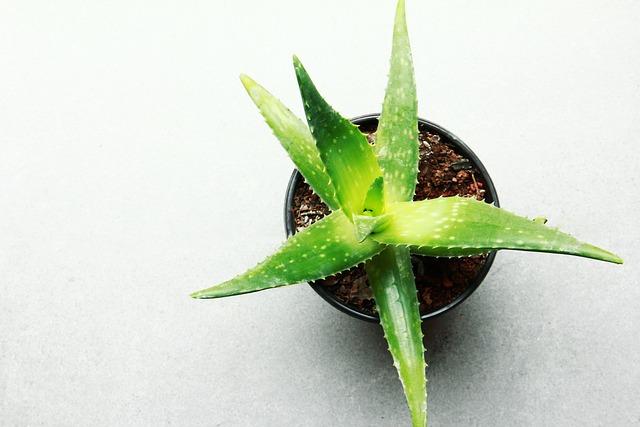
Aloe vera is a succulent, so it doesn’t need a lot of water to survive. It’s also relatively easy to care for and can tolerate neglect better than most other plants.
2. Cactus
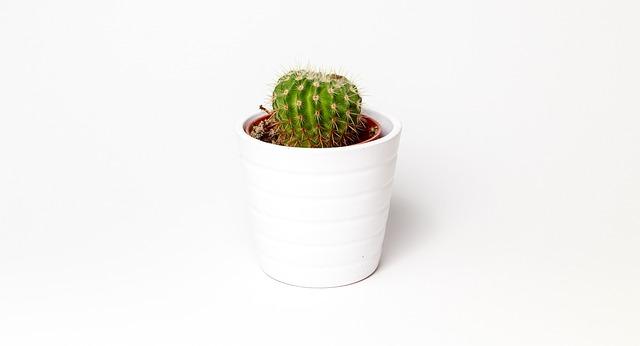
Cacti are another type of succulent, so they have similar care requirements to aloe vera. They’re also relatively easy to care for and can tolerate neglect better than most other plants.
3. Snake plant
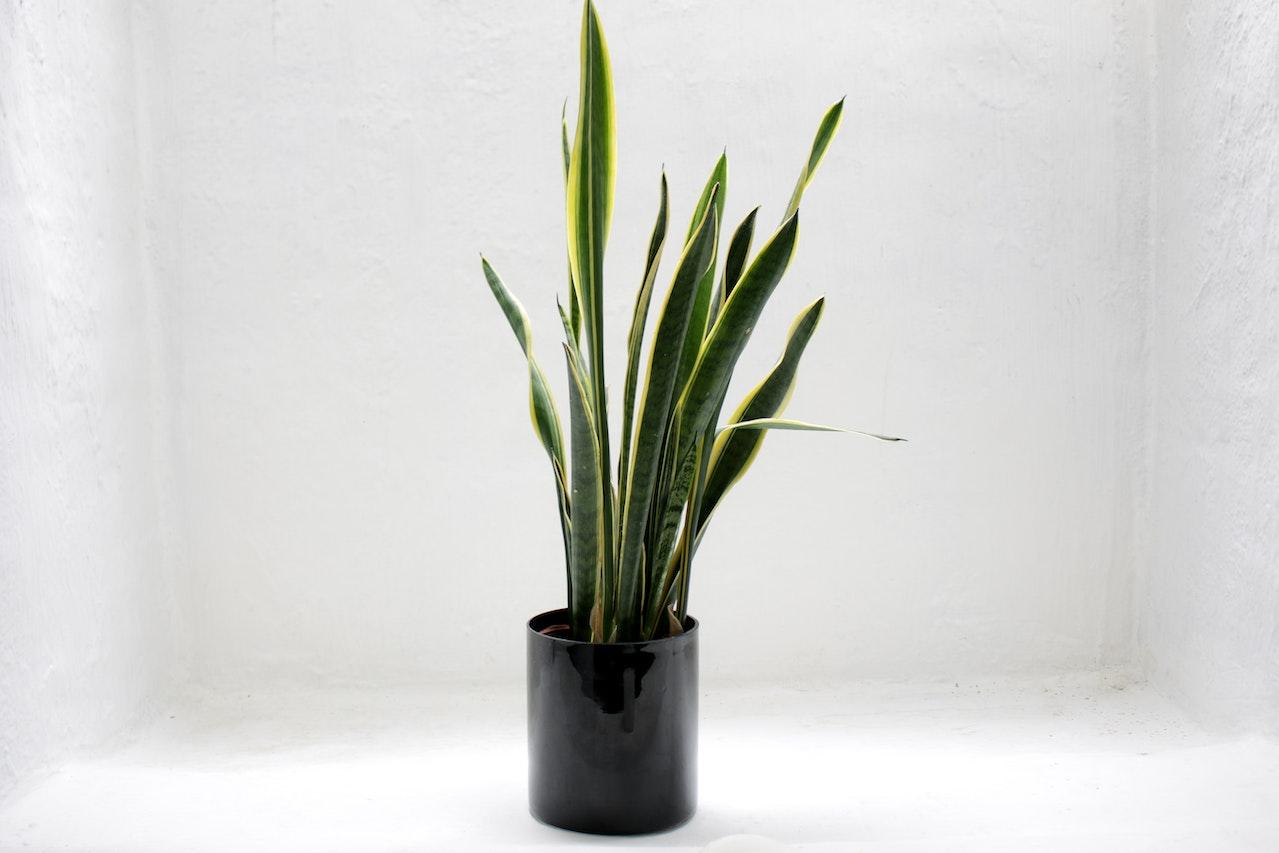
Credit: Pexels
Snake plants are one of the most low-maintenance plants you can grow. They don’t need a lot of water or attention, and they can even tolerate being neglected for long periods of time.
4. Peace lily
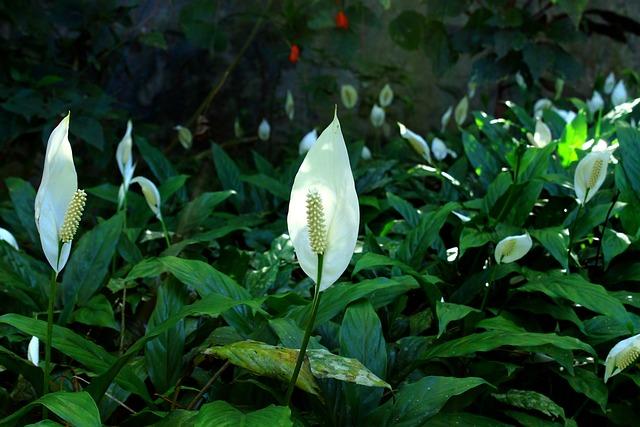
Peace lilies are relatively easy to care for and don’t require a lot of attention. They do need to be watered regularly, but they’re otherwise low-maintenance.
5. Spider plant

Credit: Unsplash
Spider plants are one of the easiest houseplants to care for. They don’t need a lot of water or attention, and they’re very forgiving if you forget to water them occasionally.
6. Jade plant
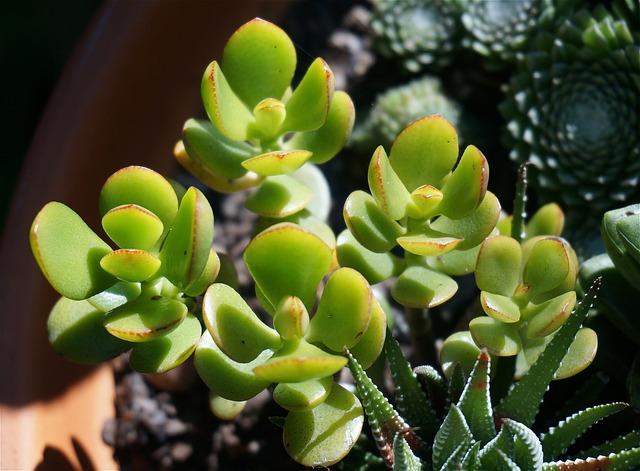
Jade plants are a type of succulent that is native to South Africa. They are known for their thick, fleshy leaves and their ability to store water.
7. Haworthia
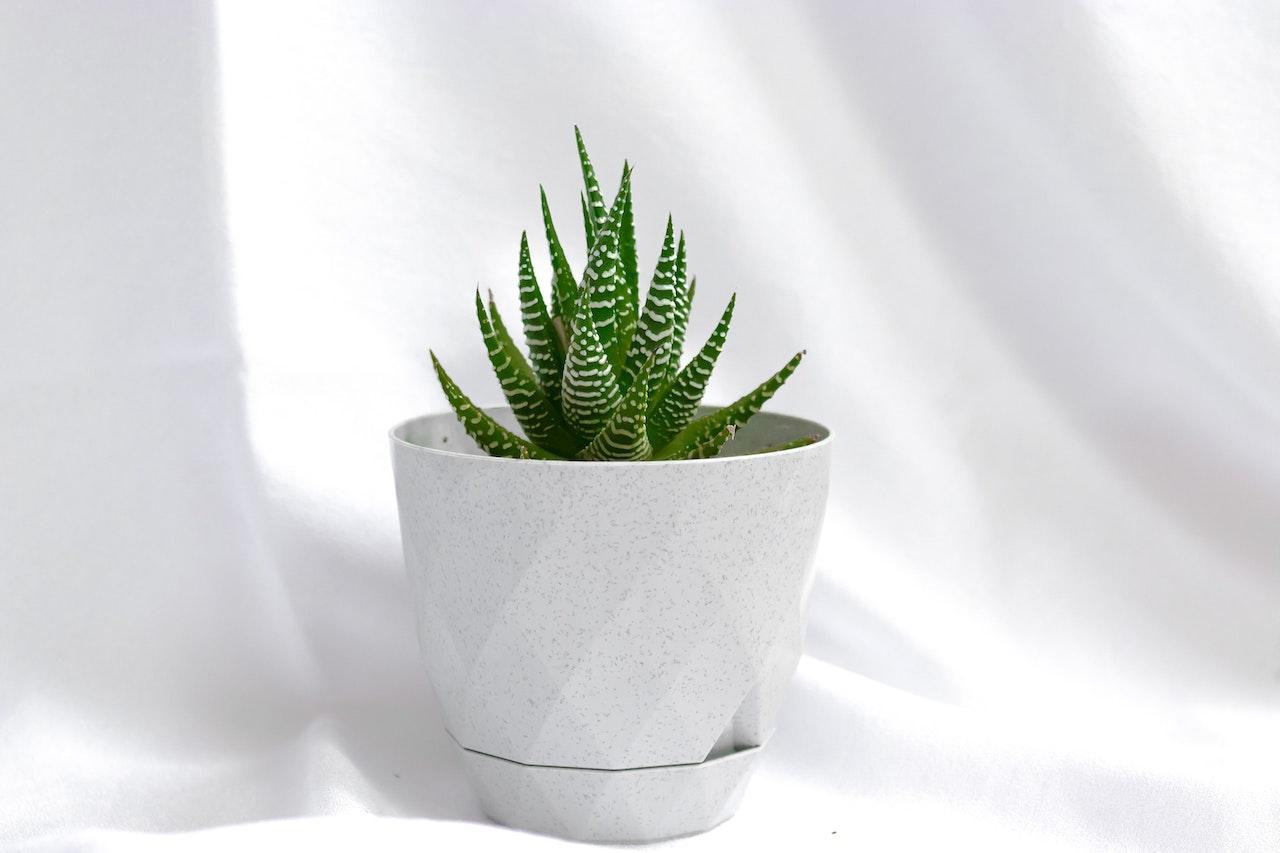
Credit: Pexels
Haworthia is a type of succulent that is native to South Africa. It is known for its thick, fleshy leaves and its ability to store water.
8. Echeveria
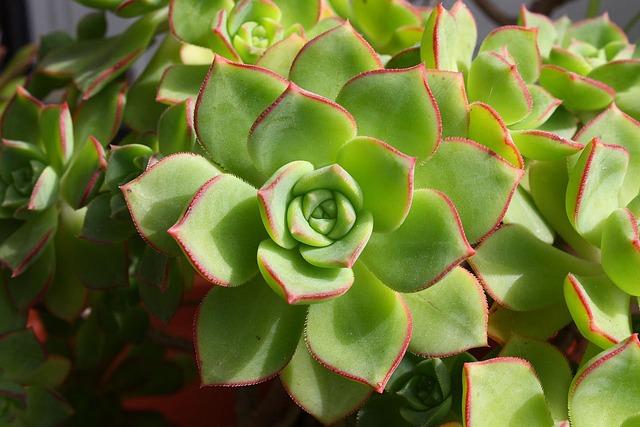
Echeveria is a type of succulent that is native to Mexico. It is known for its beautiful, rosette-shaped leaves.
9. Aeonium
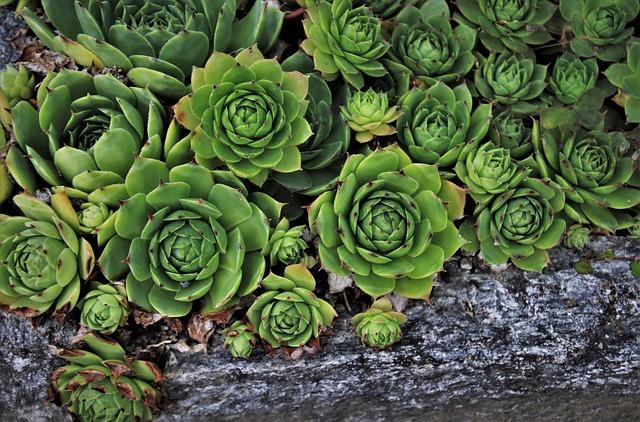
Aeonium is a type of succulent that is native to the Canary Islands. It is known for its beautiful, rosette-shaped leaves.
10. Sedum
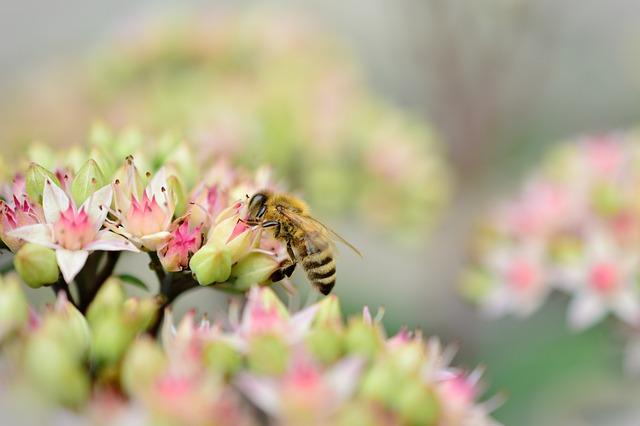
Sedum is a type of succulent that is native to Europe and Asia. It is known for its thick, fleshy leaves and its ability to store water.
The Care And Maintenance Of Spiky Leaf Houseplants
Spiky leaf houseplants are a great addition to any home. They are easy to care for and require very little maintenance. Here are some tips on how to care for your spiky leaf houseplants:
- Water your plants regularly. Spiky leaf houseplants need to be watered about once a week.
- Fertilize your plants. Spiky leaf houseplants need to be fertilized about once a month.
- Prune your Spiky leaf houseplants about once a year.
- Repot your Spiky leaf houseplants about every two years.
How To Propagate Spiky Leaf Houseplants
If you want to propagate your spiky leaf houseplants, there are a few things you need to do.
- You need to take a cutting from the plant.
- Cut a piece that is about 6 inches long and has a few leaves on it.
- Next, you need to prepare a pot with a potting mix.
- Make sure the pot has drainage holes. Put the cutting in the pot and water it well.
- Place the pot in a warm, sunny spot. Keep the soil moist but not wet. In a few weeks, you should see new growth. Once the plant is established, you can transplant it into a larger pot.
The Pests And Diseases Of Spiky Leaf Houseplants
Pests and diseases can be a big problem for spiky-leaf houseplants.

Here are some of the most common problems and how to deal with them:
-
Mealybugs
They are small, white, fuzzy insects that suck the sap out of plants. They can be a major problem for spiky-leaf houseplants and can cause the leaves to turn yellow and drop off. The best way to get rid of mealybugs is to use an insecticidal soap or horticultural oil.
-
Aphids
Aphids are small, green, or black insects that suck the sap out of plants. They can also cause the leaves to turn yellow and drop off. The best way to get rid of aphids is to use insecticidal soap or horticultural oil.
-
Spider mites
Spider mites are tiny spider-like creatures that suck the sap out of plants. They can also cause the leaves to turn yellow and drop off. The best way to get rid of spider mites is to use an insecticidal soap or horticultural oil.
-
Fungus gnats
Fungus mites are small, black flies that live in the soil and feed on the roots of plants. They can cause the leaves of spiky leaf houseplants to turn yellow and drop off. The best way to get rid of fungus gnats is to use a soil drench of insecticidal soap or horticultural oil.
-
Thrips
Thrips are small, black, or brown insects that suck the sap out of plants. They can also cause the leaves to turn yellow and drop off. The best way to get rid of thrips is to use an insecticidal soap or horticultural oil.
Bonus Tips
- Place the spiky leaf houseplant in a sunny spot in your home.
- Water the plant when the soil is dry to the touch.
- Fertilize the plant once a month with a water-soluble fertilizer.
- Trim the plant as needed to keep it looking neat and tidy.
- Keep them away from small children and pets. These plants can be quite sharp and can cause injury if they are not handled properly.
Frequently Asked Questions
- What are spiky leaf houseplants?
Spiky leaf houseplants are simply houseplants that have leaves with sharp spikes or points. These plants can add a touch of drama and excitement to any indoor space.
- Are all spiky leaf houseplants poisonous?
No, not all spiky-leaf houseplants are poisonous. In fact, many of these plants are perfectly safe for humans and pets. However, there are a few varieties that can be harmful if ingested, so it’s always best to do your research before bringing any new plant into your home.
- How do I care for a spiky leaf houseplant?
Caring for spiky leaf isn’t much different than caring for any other type of houseplant. These plants will need bright, indirect light and well-draining soil. Always water your plant regularly, but do not allow it to sit in water. Make sure the soil dries out slightly between waterings.
- What are some common varieties of spiky leaf houseplants?
Some common varieties of spiky leaf houseplants include aloe vera, cactus, and agave. These plants are all relatively easy to care for and make great additions to any indoor space.
- Are spiky leaf houseplants easy to care for?
Yes, spiky leaf are generally quite easy to care for. As long as you provide them with bright light and well-draining soil, they should do quite well. Just be sure to water them regularly and avoid letting them sit in water.
- What are some benefits of having spiky leaf houseplants?
Spiky leaf houseplants can add a touch of drama and excitement to any indoor space. They are also relatively easy to care for and make great additions to any indoor garden.
- Are there any downsides to having a spiky leaf houseplant?
One potential downside of having a spiky leaf houseplant is that some varieties can be poisonous if ingested. However, as long as you do your research and choose a safe variety, this should not be a problem.
- Where can I buy a spiky leaf houseplant?
Spiky leaf houseplants are widely available and can be purchased from most garden centers or online retailers.
Conclusion
This article contains all you should know about spiky leaf houseplants. The types, benefits, and how to propagate, etc. It’s an all-in-one guide for your spiky indoor plants.
We hope this article was helpful in answering some of your questions about spiky-leaf houseplants. If you have any other questions, feel free to leave them in the comments below.
Michelle Wilde
Related posts
![]()
About Michelle Wilde
Michelle Wilde is a stay-at-home mom and avid plant lover. Armed with a post-graduate degree in Computer Science (no kidding!), she loves researching plants and landscapes. When she is not caring for her 4 kids, she spends time on her passion for plants. She blogs at www.indoorplantschannel.com, the trusted source for indoor plants.
Learn more
Subscribe
* You will receive the latest posts and updates about indoor plants!
Search
Recent Posts
Categories
- Beginner Guides (10)
- FAQ (206)
- General (2)
- How-To Guides (212)
- Indoor Plants (214)
- Pest Management (2)
- Plant Problem Solutions (4)
- Seasonal Growing (2)
- Specialized Environments (2)
- Specific Plant Care (3)
- Technical Growing (2)